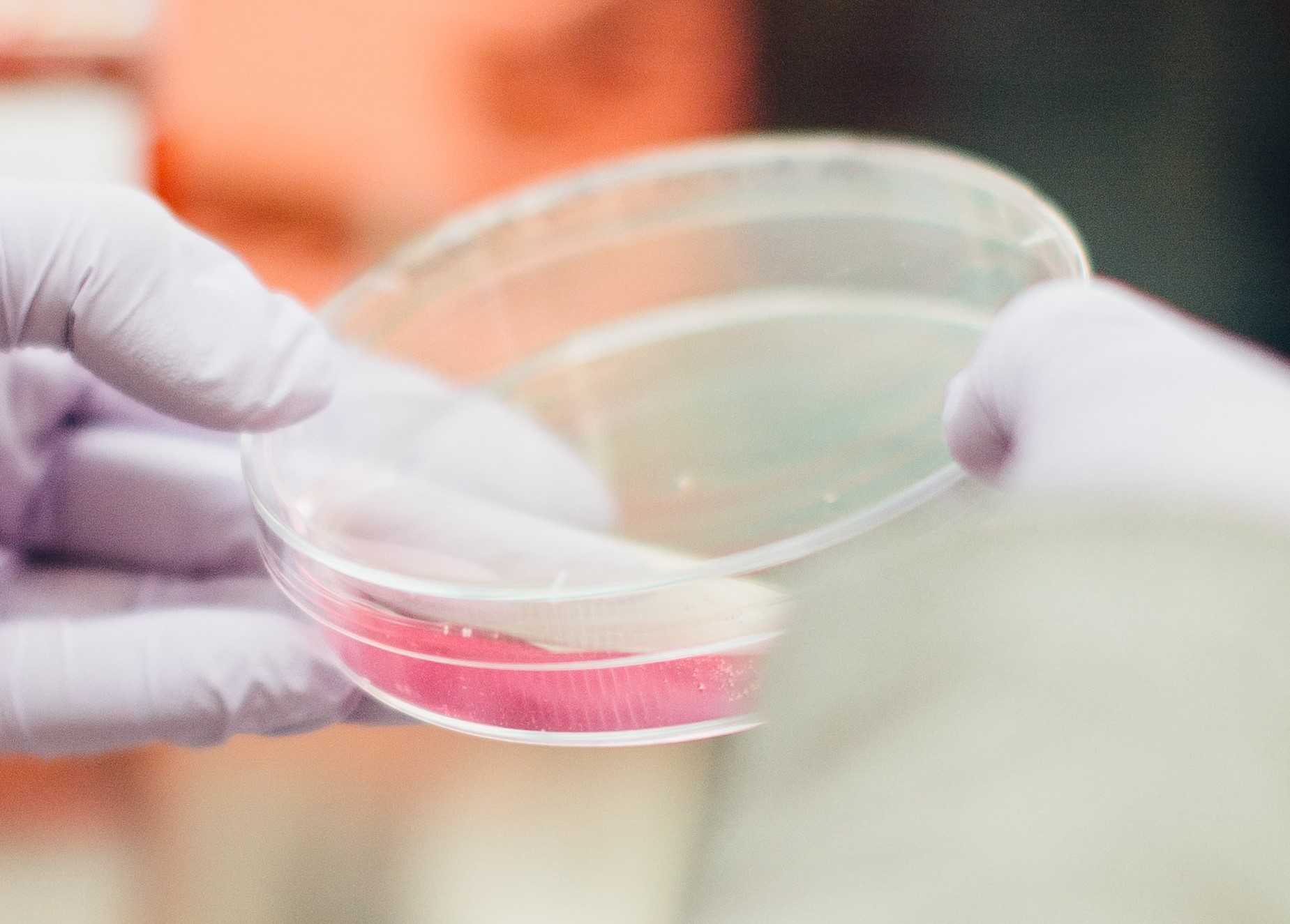Nasal carriage rate and antimicrobial resistance pattern of Staphylococcus aureus among the food handlers in Canton Sarajevo, Bosnia and Herzegovina
DOI:
https://doi.org/10.17532/jhsci.2020.882Keywords:
Antimicrobial drug resistance, food handlers, Staphylococcus aureus carriageAbstract
Introduction: The nasals and hand carriage of Staphylococcus aureus in food handlers (FHs) represent a significant source of Staphylococcal food contamination and food poisoning. Antimicrobial resistance (AMR) is a microorganism’s ability to resist the action of one or more antimicrobial agents. S. aureus has demonstrated the ability to rapidly respond to each new antimicrobial with the development of a resistance mechanism. The aim of the study was to assess the prevalence of nasal carriage rate and AMR pattern of isolated strains S. aureus among FHs in Canton Sarajevo, Bosnia and Herzegovina.
Methods: The retrospective study included laboratory results of 11.139 tested subjects between January 2014 and December 2018. The study was conducted in the laboratory of the Institute of Public Health of the Federation of Bosnia and Herzegovina in Sarajevo. Samples of nasal swabs were collected from FHs, employees in companies located in Canton Sarajevo, during sanitary surveillance prescribed by applicable legal standards. S. aureus isolates were identified according to conventional microbiological methods and antimicrobial susceptibility testing was performed by the agar disk diffusion method according to the European Committee on Antimicrobial Susceptibility Testing; 2013 standard.
Results: Among the 11.138 subjects, 792 (7.1%) were carriers of S. aureus. Isolated strains were tested on eight different antibiotics, and the resistance to penicillin, ampicillin, and amoxicillin was 788 (99.5%), 776 (97.9%), and 752 (94.9%), retrospectively. In total, 86.36% of isolated strains were multidrug-resistant.
Conclusions: The low percentage of S. aureus carriers indicates that preventive measures of carrier control are being actively implemented within the legally prescribed measures. The emergence of numerous isolated strains with multidrug-resistance characteristics is a significant public health problem and consequently limits the range of antibiotics available for therapeutic purposes. The results of this research indicate that AMR has increased in Sarajevo Canton and it is following the trend of global growth.
Downloads

Downloads
Published
Issue
Section
Categories
License
Copyright (c) 2020 Journal of Health Sciences

This work is licensed under a Creative Commons Attribution 4.0 International License.










